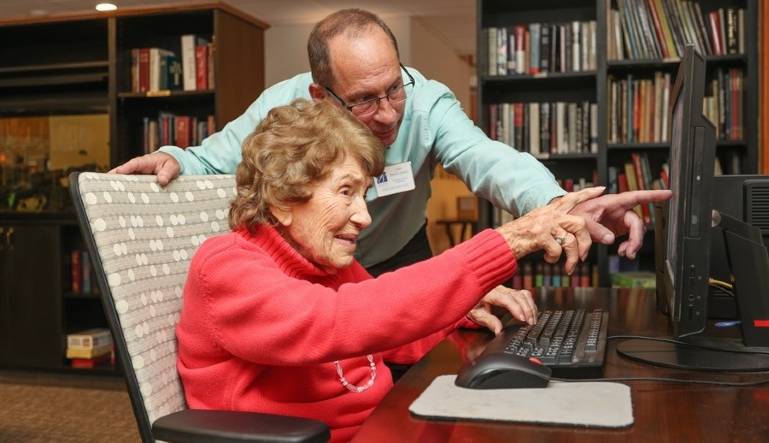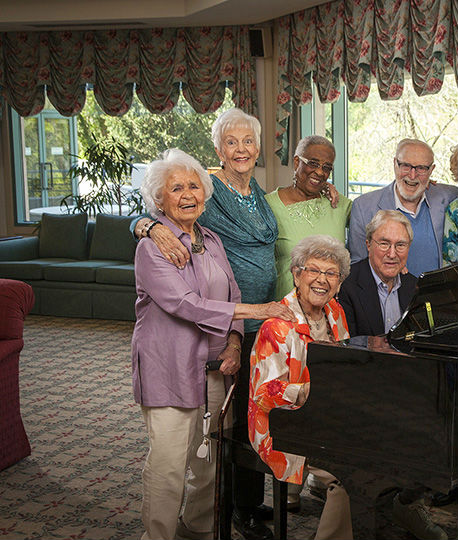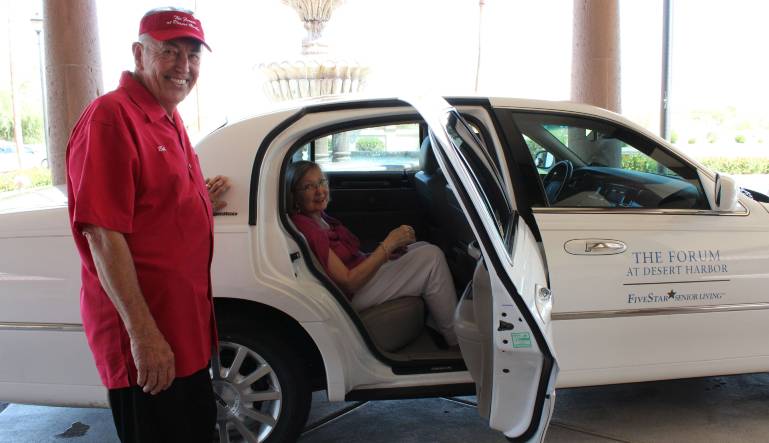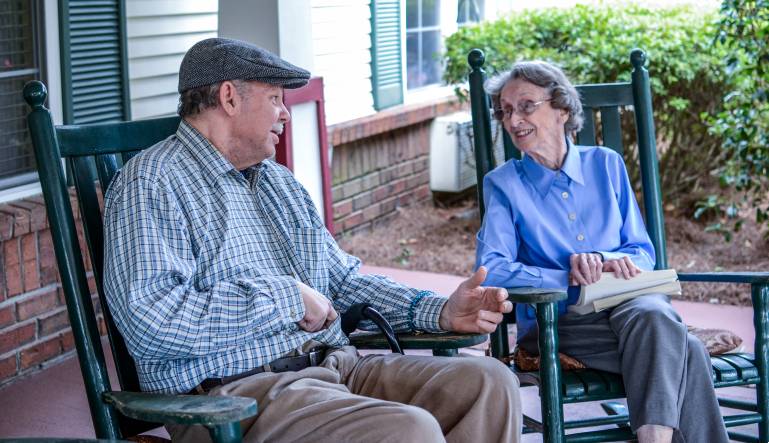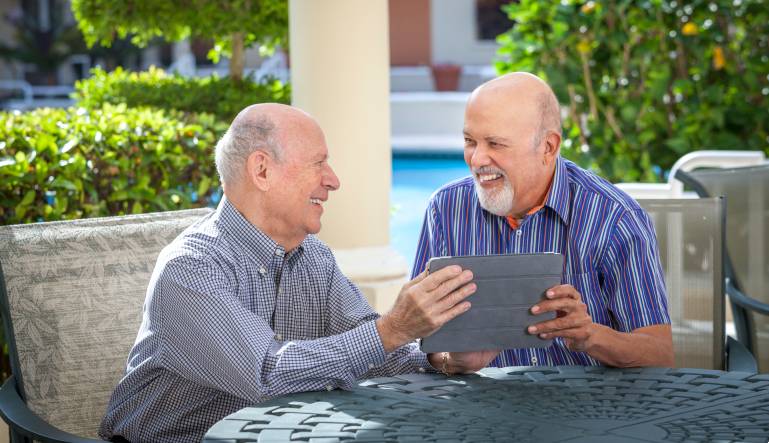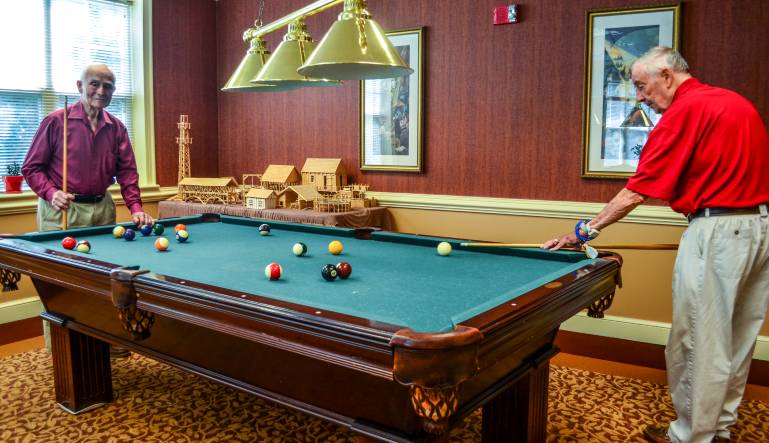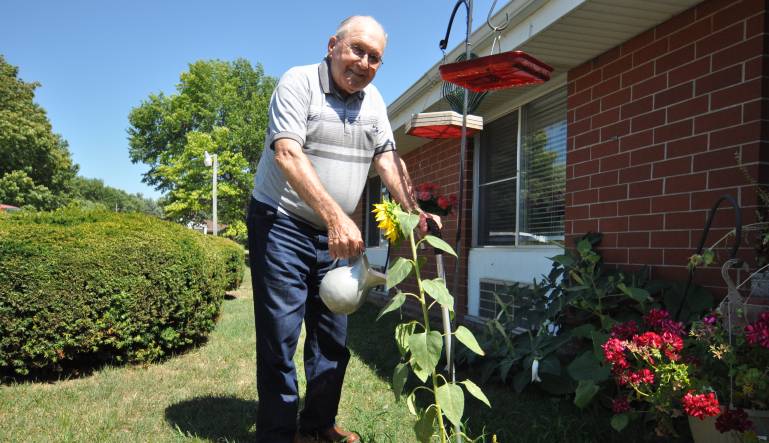As older adults continue to adopt the latest technologies to make their lives easier and safer, new ways to utilize existing technology are discovered. This includes using voice assistants. While many of us associate them with younger adults, seniors are embracing this type of technology in growing numbers.
If you are an older adult or the caregiver for one, we have a few ideas for using a voice assistant.
Voice Assistants and Older Adults
A voice assistant is a digital assistant that uses voice recognition to help users with a variety of tasks. Among the most popular ones are Amazon Alexa, Apple’s Siri, Google Assistant, and Microsoft’s Cortana.
What can you do with your digital assistant?
Most perform similar tasks. Beyond the more common uses, such as playing music and listening to audiobooks, a voice assistant can aid in:
- Obtaining updates about the weather: Voice assistants can give you weather updates before you head out for errands or appointments. Some apps even allow you to ask specific weather-related questions, such as the predicted heat index or anticipated snow fall. That can be useful for an older adult, especially one with a chronic health condition impacted by weather changes.
- Finding a lost cell phone: Let’s face it. Most of us misplace our cell phones from time to time. Voice assistants can make your phone ring or play a special tone to help you find it, sometimes even if the phone is in silent mode.
- Getting a traffic report: No one wants to spend hours stuck in a traffic jam. A voice-activated assistant can identify potential problem spots along your route in real time or even before you leave home.
- Managing an appointment calendar: From the grandkids’ birthdays to personal physician appointments, managing your calendar is easier with digital help. Some even allow you to set an alert to remind you of upcoming appointments.
- Setting reminders: Older adults may find the reminder features on voice assistants especially useful. Medication mistakes are a leading reason seniors end up in a hospital emergency room. Most often it’s due to taking too much of a medication or forgetting dosages altogether. A voice assistant can remind an older adult when to take each medication.
- Creating lists: Whether it’s a grocery list or ideas for holiday gifts, having a digital partner can help you stay organized. You can name each list and update them by adding or deleting items.
- Acting as a personal trainer: If you need a little motivation to work out each day, your digital assistant can provide it. While programs vary by device, most have exercise platforms available. From asking Alexa to play a 7-Minute Workout to Google Home’s 5-Minute Plank, there are a variety of options to explore.
- Controlling devices: Most households have an increasing number of devices like iRobot’s Roomba or a Ring security camera. It can be a lot to keep straight. Voice assistants make it easier to manage your devices. For example, you can ask your assistant to run your home vacuum robot or turn the bedroom light on.
While nothing can replace a person, having a digital assistant can make it much easier to juggle all the tasks of a busy life.
Understanding the Five Star Senior Living Difference
At Five Star Senior Living, residents enjoy the support of experienced team members and caregivers. They are on-site to assist with everything from housekeeping services to preparing and serving healthy meals. The best way to learn more is by visiting a Five Star Senior Living community in person. Contact us to schedule a tour or to learn more!

